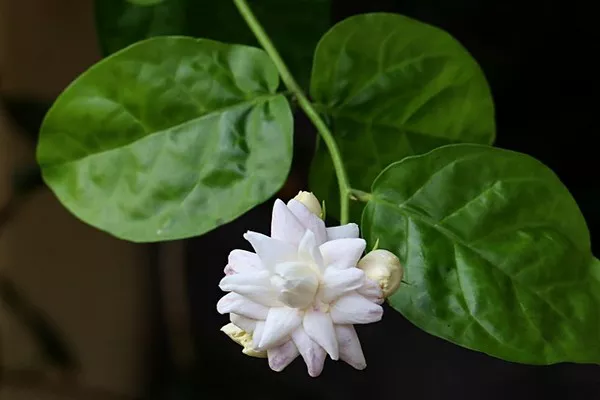A groundbreaking study led by Dr. Jian-Sheng Ye of Lanzhou University, China, has illuminated the captivating phenomenon of plant-plant communication through volatile organic compounds (VOCs) and how these messages trigger calcium (Ca2+)-dependent defense responses against imminent threats.
Using innovative equipment designed to transport VOCs released from caterpillar-damaged plants onto undamaged neighboring plants, the researchers harnessed real-time fluorescent imaging to visualize the response. The mustard plant Arabidopsis thaliana exhibited bursts of fluorescence, denoting changes in intracellular Ca2+ concentration in response to VOC exposure.
This research unveiled that, aside from insect attacks, VOCs released from manually crushed leaves also initiated Ca2+ signals in undamaged neighboring plants.
Further investigations identified two specific VOCs, (Z)-3-hexenal (Z-3-HAL) and (E)-2-hexenal (E-2-HAL), both six-carbon aldehydes known as green leaf volatiles (GLVs), as the key inducers of Ca2+ signals in Arabidopsis. The exposure to Z-3-HAL and E-2-HAL led to the upregulation of defense-related genes, with evidence pointing to the activation of defense responses in a Ca2+-dependent manner.
Additionally, the research delved into which cells were responsible for these Ca2+ signals upon GLV exposure. Guard cells, the bean-shaped cells on plant surfaces forming stomata, were revealed to play a pivotal role. Rapid Ca2+ signals first emerged in guard cells, followed by mesophyll cells and then epidermal cells.
Plant gateway mechanisms were further examined, showcasing the importance of stomata in facilitating the entry of GLVs into leaf tissues. Abscisic acid (ABA), a phytohormone responsible for closing stomata, was found to influence Ca2+ responses in wild-type leaves. Mutants with impaired ABA-induced stomatal closures, however, maintained normal Ca2+ signals.
The research not only offers profound insights into the intricate world of plant communication but also highlights the remarkable strategies nature has bestowed upon them for survival. Beyond plant science, these findings offer a glimpse into the intricate web of life on Earth.
This study significantly advances our understanding of how plants communicate and respond to environmental threats, shedding light on the vital mechanisms that safeguard neighboring plants in a timely manner.


